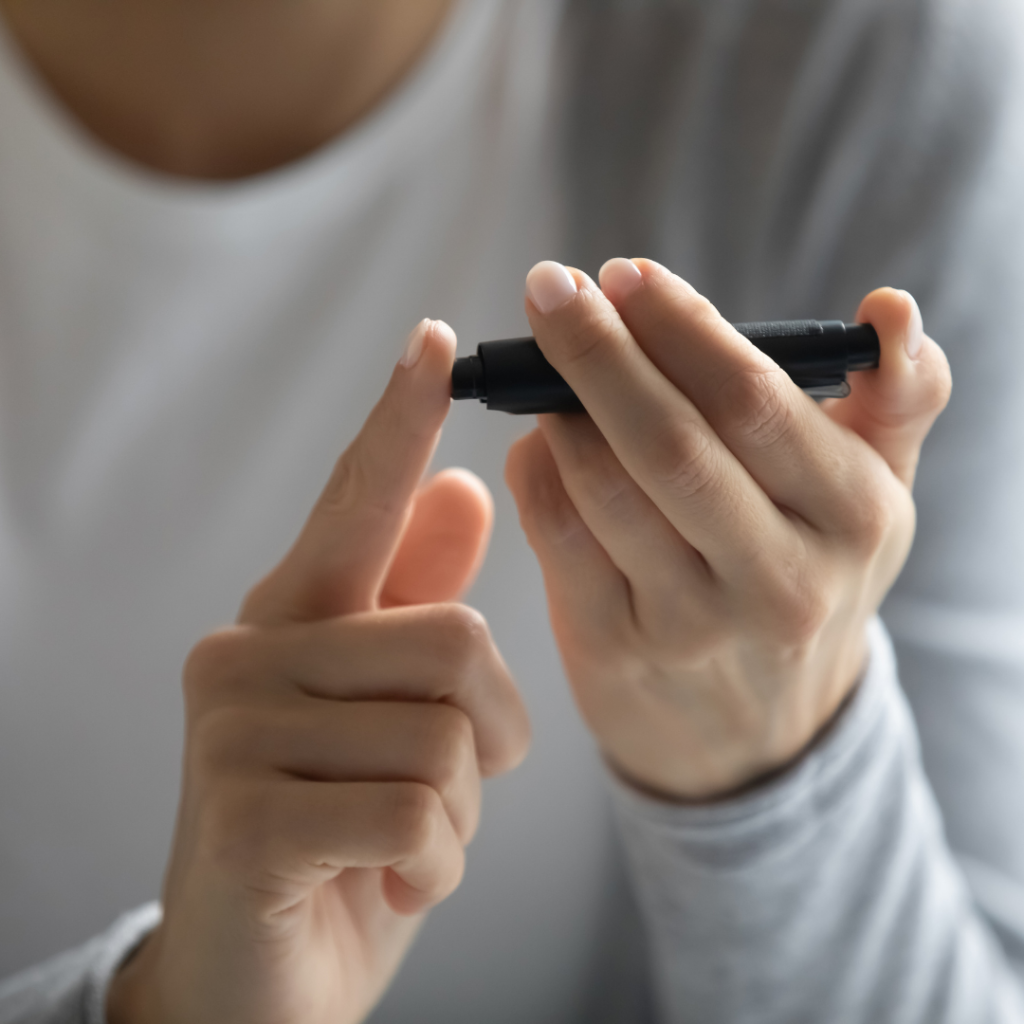Exercise, in moderation, is important for diabetics. This is because it helps them control their weight, lower bad cholesterol, boost the body’s sensitivity to insulin, and strengthen the muscles and bones, all while reducing anxiety to improve general health. To make sure that you don’t develop hypoglycemia after a workout session, use the three tips below.
Test Your Sugar and Eat Healthy Meals or Snacks
This is an important tip as it will give you a clear picture of what to change, if anything. If your levels are between 100 mg/dL and 250 mg/dL, you’re generally going to be okay. If the level falls below 100 mg/dL, you need to first have a snack, especially if you’re planning on having a workout that will last two or more hours. In this case, don’t start your session until the reading gets to 100 mg/dL.
If the levels are higher than 250 mg/dL, check if there are ketones in your urine. If there are any, it means that your body is burning fat rather than sugar for fuel. Don’t exercise if you have ketones, as this could cause your blood sugar to spike and give you serious issues. If you intend to exercise for more than two hours, check your levels once after every hour during the workout. Whenever the levels fall, stop and eat a nutritious snack to ensure that your blood sugar stays within the right levels.
Talk to Your Doctor

Another important tip you should follow is to talk to your doctor. Let them know what your intentions are and listen to their advice. If they tell you that it’s not the right time for you to start exercising or that you need to take it slow, listen to them. They know what’s best and are well aware of the risks that you may be putting yourself in with different exercise degrees and techniques. Your doctor will be able to let you know if you need to adjust your medicines, insulin, or meals, and help you to prepare your body for the workout. They will also tell you what time of day will be best for you to exercise.
Go With a Friend
Finally, try to find an exercise partner with whom you can go to your workouts. It’s best to go with someone who knows that you have diabetes, and also knows what to do in case your blood sugar goes too low. The workout will be a lot more fun and productive for both of you, and you will know that your safety is assured, at least to some degree. Don’t forget to carry a card that says you have diabetes or wear a medical identification tag. These extra measures will make it easy for you to get help from the public in case anything gets out of hand.
With these three tips, you’re ready to start working out in a safe way. A good, healthy meal can make a big difference to your blood sugar levels when you’re working out, as evidenced in the first tip.
